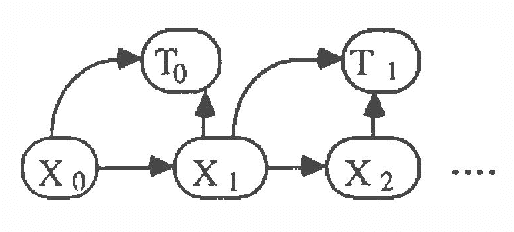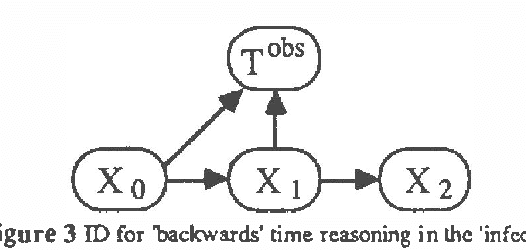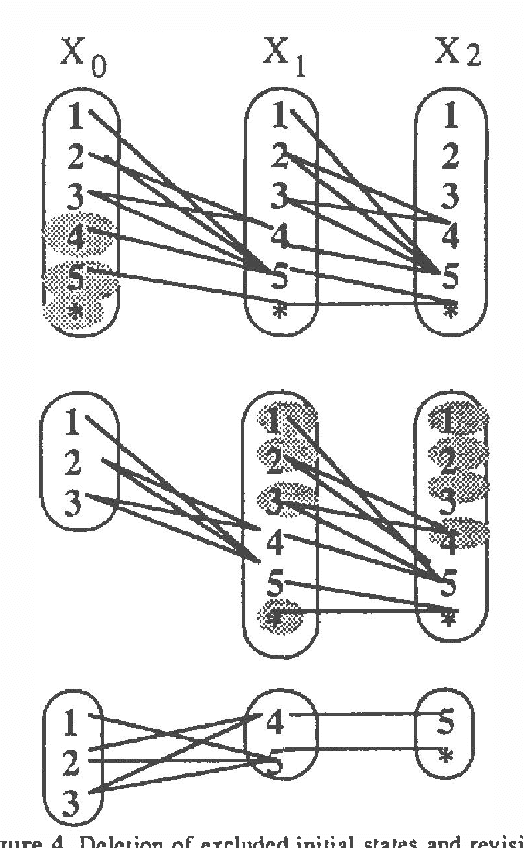Carlo Berzuini
Causal Graph Aided Causal Discovery in an Observational Aneurysmal Subarachnoid Hemorrhage Study
Aug 12, 2024Abstract:Causal inference methods for observational data are increasingly recognized as a valuable complement to randomized clinical trials (RCTs). They can, under strong assumptions, emulate RCTs or help refine their focus. Our approach to causal inference uses causal directed acyclic graphs (DAGs). We are motivated by a concern that many observational studies in medicine begin without a clear definition of their objectives, without awareness of the scientific potential, and without tools to identify the necessary in itinere adjustments. We present and illustrate methods that provide "midway insights" during study's course, identify meaningful causal questions within the study's reach and point to the necessary data base enhancements for these questions to be meaningfully tackled. The method hinges on concepts of identification and positivity. Concepts are illustrated through an analysis of data generated by patients with aneurysmal Subarachnoid Hemorrhage (aSAH) halfway through a study, focusing in particular on the consequences of external ventricular drain (EVD) in strata of the aSAH population. In addition, we propose a method for multicenter studies, to monitor the impact of changes in practice at an individual center's level, by leveraging principles of instrumental variable (IV) inference.
Temporal Reasoning with Probabilities
Mar 27, 2013



Abstract:In this paper we explore representations of temporal knowledge based upon the formalism of Causal Probabilistic Networks (CPNs). Two different ?continuous-time? representations are proposed. In the first, the CPN includes variables representing ?event-occurrence times?, possibly on different time scales, and variables representing the ?state? of the system at these times. In the second, the CPN describes the influences between random variables with values in () representing dates, i.e. time-points associated with the occurrence of relevant events. However, structuring a system of inter-related dates as a network where all links commit to a single specific notion of cause and effect is in general far from trivial and leads to severe difficulties. We claim that we should recognize explicitly different kinds of relation between dates, such as ?cause?, ?inhibition?, ?competition?, etc., and propose a method whereby these relations are coherently embedded in a CPN using additional auxiliary nodes corresponding to "instrumental" variables. Also discussed, though not covered in detail, is the topic concerning how the quantitative specifications to be inserted in a temporal CPN can be learned from specific data.
Bayesian Networks Aplied to Therapy Monitoring
Mar 20, 2013



Abstract:We propose a general Bayesian network model for application in a wide class of problems of therapy monitoring. We discuss the use of stochastic simulation as a computational approach to inference on the proposed class of models. As an illustration we present an application to the monitoring of cytotoxic chemotherapy in breast cancer.
 Add to Chrome
Add to Chrome Add to Firefox
Add to Firefox Add to Edge
Add to Edge